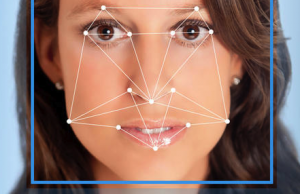The New Era of Marketing – From Logic, to Emotion, to Interaction.
From the beginning of time, advertising agencies have researched and discovered the many ways to interact, persuade and connect with the audience, in hopes to find a method that will linger and trigger their desires to purchase and consume its products. It began with logical persuasion, where the company would practically word vomit advantages of their product to your face in hopes that its customers would believe them (like in this vintage Coca Cola commercial).
Then, more recently, through the realization that in the battle of logic vs. emotion, emotion triumphs indefinitely, the endless emotional, heartbreaking, inspiring campaigns began. Many of such emotional commercials, due to the uprising of youtube and the internet, became viral, international sensations that escalated the impact and desire for more advertisements that simply “tugged at our heartstrings”. Some of the most prominent commercials include P&G’s “Thank you, Mom” campaign commercials, Thai Life Insurance’s commercials, and the Dove Real Beauty Sketch Campaign. Even now, these commercials still allow customers to deeply immerse into the emotions, and thus tying the connection between these feelings/concepts to the brands itself.
Now, with TiVO and streaming shows on the internet, consumers and their interaction between media commercials have slowly diminished, and TV/Radio/print advertisements are becoming less and less efficient. As well, people are continuously becoming non-believers of traditional advertisements, claiming that the ideas and concepts that ads are portraying are fake, digitalized, and exaggerated. and marketing agencies have began to search for more effective ways to connect and interact with its target market. Now, companies are becoming more and more “interactive” with its customer base, creating campaigns such as Lululemon’s #sweatlife campaign, or DDB Canada’s “Our Food, Your Questions”, and Canadian Tourism Commission’s Keep Exploring Campaign. Interactive marketing allows customers to truly witness, for themselves, what the company values and believe. It not only allows its target market to observe a more realistic and genuine view of its advertisements, but it also helps its consumers, in a sense, “create” the company’s brand.

